Introduction
Pig’s trotters, also commonly known as pig’s feet or hocks, are a culinary delight enjoyed across various cultures for their rich collagen content, tender texture, and versatility in cooking. From traditional Asian dishes like braised pig’s trotters to Western delicacies such as pickled or smoked hocks, these meaty appendages offer a unique flavor and nutritional profile. However, one common challenge faced by chefs and home cooks alike is the removal of the inherent fishy odor that can mar the overall taste and aroma of the dish. This article delves into the various techniques and methods that can effectively eliminate or significantly reduce this unwanted scent, ensuring that your pig’s trotters are a delight to both the palate and the nose.
Understanding the Source of the Odor
Before diving into the solutions, it’s crucial to understand the root cause of the fishy odor in pig’s trotters. This scent primarily stems from the natural oils and fats present in the skin and tissue, which can harbor impurities and off-flavors. Additionally, improper handling, storage, or cooking methods can exacerbate the issue. Pigs, being omnivores, may consume a diet that includes fish or fishmeal, which can also contribute to the presence of fishy compounds in their tissues.
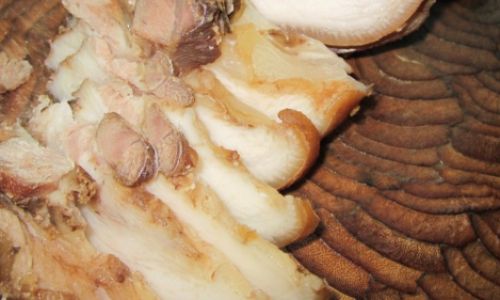
Pre-Preparation Techniques
-
Thorough Cleaning
The first line of defense against the fishy odor is meticulous cleaning. Begin by rinsing the pig’s trotters under cold running water to remove any surface dirt, blood, or debris. Use a sharp knife to scrape off any remaining hair or tough skin patches. Pay special attention to the areas between the toes, where debris can often get trapped. -
Soaking
Soaking the trotters in a solution can help draw out impurities and reduce the fishy scent. A common method is to soak them in cold water mixed with a tablespoon of vinegar or lemon juice for about 30 minutes to an hour. The acidic nature of vinegar and lemon helps neutralize unwanted odors. Alternatively, you can use a blend of water and baking soda, which also acts as a natural odor absorber. -
Blanching
Blanching involves immersing the cleaned trotters in boiling water for a few minutes before draining and rinsing them under cold water. This process not only tightens the skin and meat but also helps to release and wash away any residual blood, fats, and impurities that contribute to the fishy odor.
Cooking Techniques
-
Marinating
Marinating the trotters in a flavorful mixture can mask and further reduce the fishy scent. Use ingredients like garlic, ginger, onions, soy sauce, vinegar, or even beer, which have strong aromatic properties. Marinate for at least an hour, preferably overnight in the refrigerator, to allow the flavors to penetrate deeply.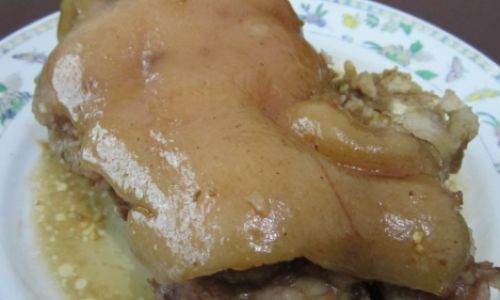
-
Simmering with Aromatics
When cooking pig’s trotters, simmering them in a broth infused with aromatic spices and herbs can significantly enhance their flavor while minimizing the fishy odor. Common aromatics include bay leaves, black peppercorns, cloves, cinnamon sticks, carrots, celery, and onions. These ingredients not only add depth to the dish but also act as natural odor neutralizers. -
Slow Cooking
Slow cooking methods, such as braising or stewing, allow the trotters to cook gently over low heat for an extended period. This not only tenderizes the meat but also allows the aromatic spices and flavors to meld together, effectively covering up any lingering fishy scent. Use a heavy-bottomed pot with a tight-fitting lid to retain moisture and flavor. -
Smoking
Smoking pig’s trotters is another effective way to mask the fishy odor with the smoky aroma. Use hardwood chips like oak, hickory, or applewood for a rich, flavorful smoke. Smoking not only adds another layer of flavor but also preserves the trotters, making them ideal for long-term storage.
Post-Cooking Treatments
-
Glazing
After cooking, applying a sweet and tangy glaze can further enhance the taste and cover up any residual fishy scent. A mixture of honey, soy sauce, garlic, and ginger can be brushed onto the trotters and baked until caramelized. This not only adds a beautiful shine but also provides a delightful contrast in flavors. -
Chilling and Serving Cold
Serving pig’s trotters cold can sometimes make the fishy odor less noticeable. After cooking, allow the trotters to cool completely, then refrigerate for a few hours or overnight. Cold temperatures can dull the intensity of certain odors, making the dish more pleasant to eat.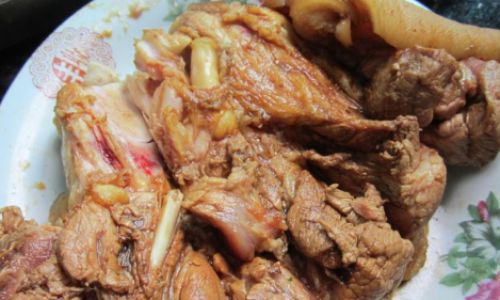
-
Sauces and Condiments
Serving the trotters with robust sauces or condiments can also help mask any lingering fishy scent. Options include a rich gravy made from the cooking broth, a spicy chili sauce, or a tangy mustard-based dressing. These additions not only enhance the dish’s flavor profile but also provide a distraction from any unwanted odors.
Storage Considerations
Proper storage is crucial in maintaining the quality and minimizing the fishy odor of pig’s trotters. Always store cooked trotters in an airtight container in the refrigerator or freezer. When freezing, wrap them individually to prevent freezer burn and maintain freshness. Thaw frozen trotters in the refrigerator overnight before reheating to avoid loss of flavor and texture.
Conclusion
Removing the fishy odor from pig’s trotters may seem like a daunting task, but with the right techniques and ingredients, it’s entirely achievable. From thorough cleaning and soaking to marinating, simmering with aromatics, and post-cooking treatments, there are multiple strategies you can employ to ensure your pig’s trotters are free from unwanted odors and bursting with flavor. Remember, patience and attention to detail are key. By taking the time to prepare and cook your trotters properly, you’ll be rewarded with a dish that is not only delicious but also visually appealing and aromatic. So, the next time you’re in the kitchen ready to tackle some pig’s trotters, armed with this knowledge, you can confidently create a culinary masterpiece that will delight your taste buds and impress your guests.


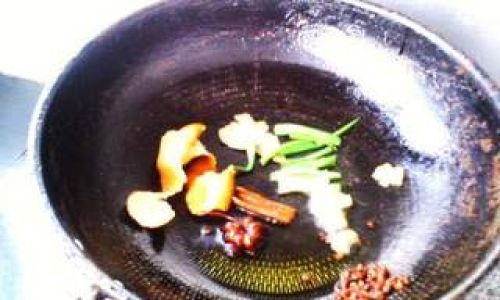
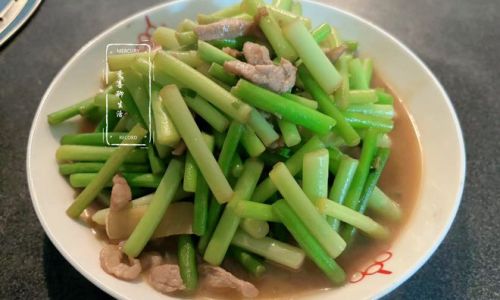
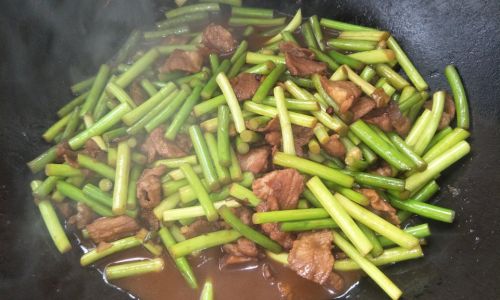
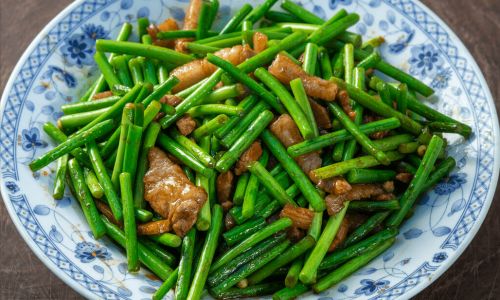
0 comments